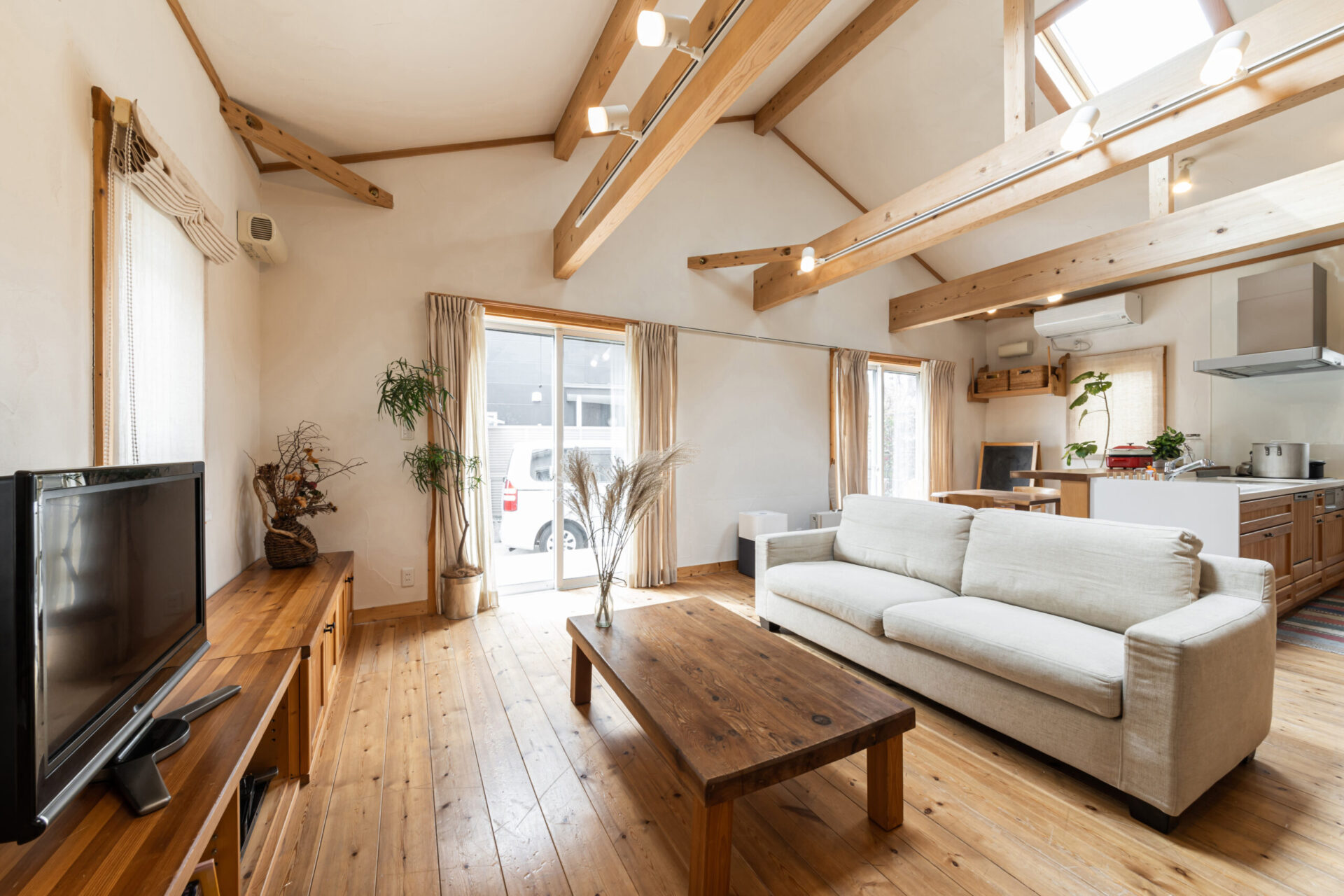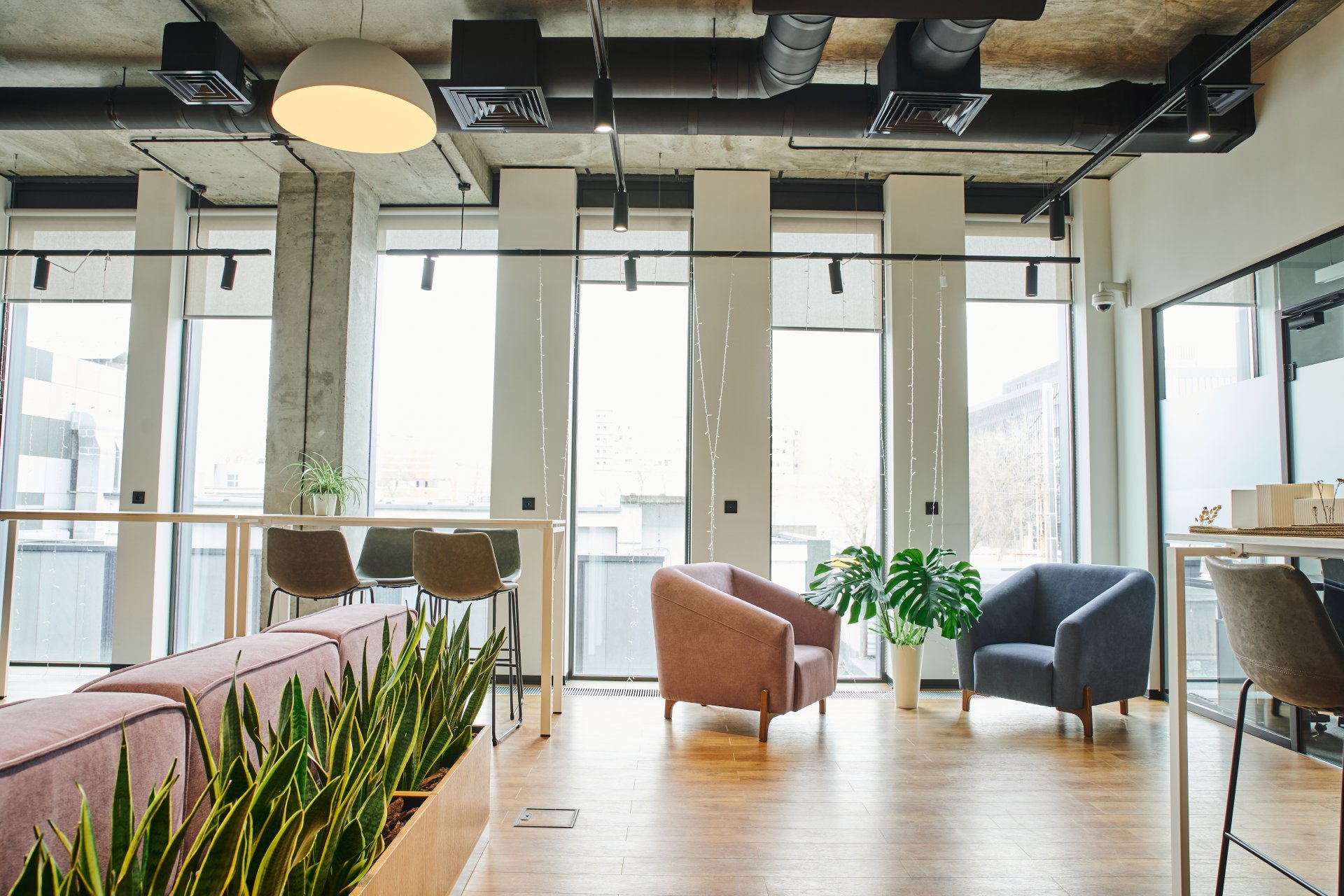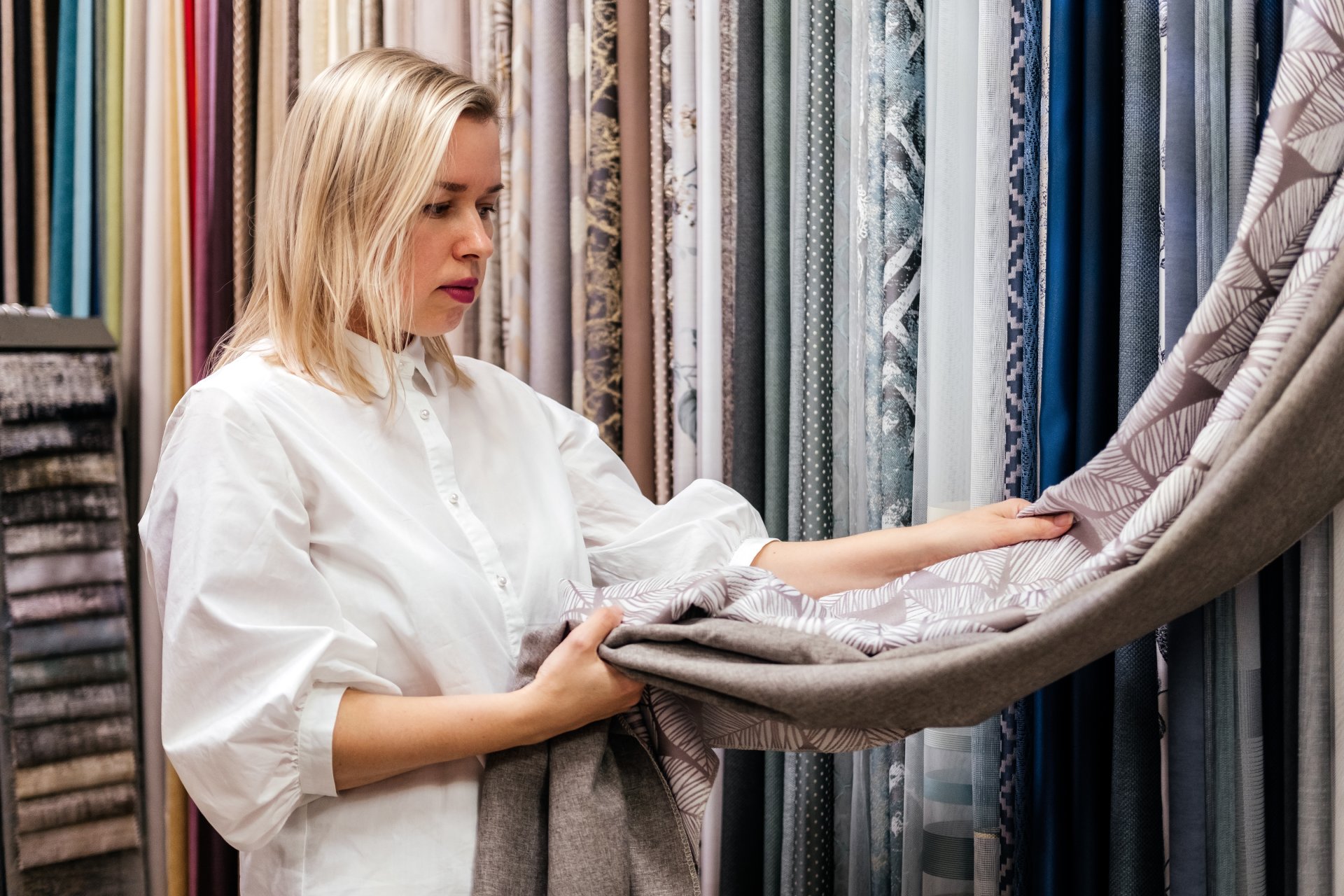In sustainable residential design, attention often centres on insulation, glazing, and ventilation systems. But one essential detail that plays a quiet yet powerful role in thermal performance is often overlooked—the window treatment. For interior designers and curtain installation companies working on energy-efficient and eco-conscious homes, custom curtains and track systems can contribute significantly to comfort, energy reduction, and design outcomes.
As more Australian homes are built to meet passive design principles, and as homeowners become increasingly focused on sustainability and performance, curtains have stepped into the spotlight. No longer an afterthought or merely decorative, made-to-measure curtains paired with the right track systems can materially enhance a home’s efficiency while fulfilling the aesthetic vision of a space.
Why Curtains Matter in Energy-Efficient Design
Uncovered windows are one of the most common sources of unwanted heat gain and heat loss in Australian homes. The government’s YourHome guide estimates that up to 40% of winter heat loss and a substantial portion of summer heat gain occurs through windows. Custom curtains provide a passive yet highly effective form of climate control, which complements double glazing and insulation strategies.
Properly specified and installed curtains:
- Prevent heat loss in winter by creating a thermal barrier
- Reduce summer heat gain by blocking and insulating the window area
- Limit convection currents near glass
- Support privacy and light control without relying on electrical appliances
- Contribute to acoustic dampening in open-plan spaces
While off-the-shelf curtain solutions may offer surface-level benefits, only custom-made curtains—correctly sized, lined, and installed on quality tracks—can deliver the level of performance required in modern sustainable homes.
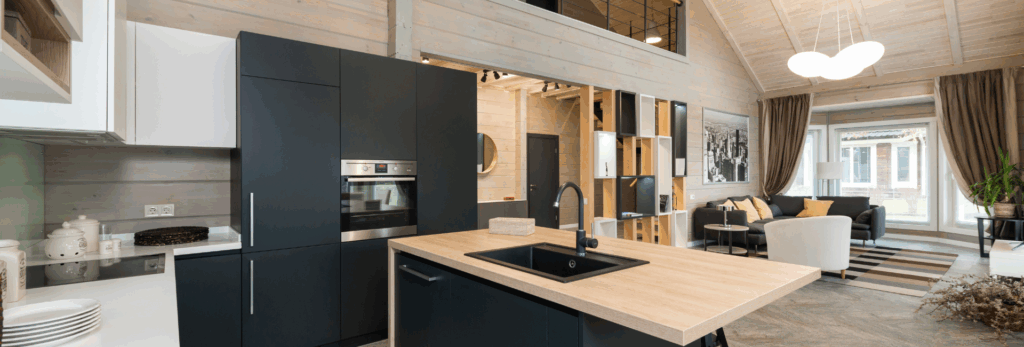
What Makes a Curtain Energy-Efficient?
When specifying curtains for energy-conscious builds, designers and installers should consider the following features to maximise thermal and acoustic benefits:
- Full coverage: Floor-to-ceiling and wall-to-wall curtains reduce the movement of air around windows, improving insulation.
- Heavier weights and linings: Using blockout or triple-weave linings increases insulation without sacrificing drape.
- Double-layering: In cooler climates, combining sheers with lined curtains adds flexibility and insulation.
- Ceiling-recessed tracks: By reducing air gaps at the top of the curtain, recessed tracks help seal the window cavity and improve temperature control.
- Close-fitting designs: Made-to-measure curtains ensure there are no unwanted gaps that reduce thermal efficiency.
Hardware and track systems play just as crucial a role. Smooth operation, tight stack-back, and concealed installation all contribute to the curtain’s ability to function as an effective thermal barrier.
Custom Curtain Trends Supporting Eco Design
Across Australia, designers are increasingly blending high-performance outcomes with considered aesthetics. Below are some of the most requested curtain specifications for eco-conscious homes:
1. Ceiling-to-Floor Blockout Curtains
These are a top choice for bedrooms, living areas, and media rooms. The continuous drop and lining significantly reduce heat transfer, making them ideal for homes in both cooler and warmer climates. In combination with a recessed track or pelmet, they form a near-complete barrier to external conditions.
2. Double Curtains with Sheers and Linings
Layering sheer curtains over lined drapes provides light control and privacy during the day while offering extra insulation at night. Designers often choose a light, natural sheer fabric in a natural fibre paired with a heavier, lined curtain for versatility and performance.
3. Wall-to-Wall Curtains on Custom Tracks
Large glazed doors and oversized windows are popular in contemporary architecture, especially in eco homes designed to maximise natural light. These expansive areas call for made-to-measure curtain systems that can stretch across long spans without compromising functionality. Custom track systems, particularly those designed for ceiling-mounting or motorisation, allow for smooth, balanced movement regardless of fabric weight or width.
4. Recessed Curtain Tracks
A staple in luxury and sustainable builds alike, recessed curtain tracks allow the curtain to sit flush with the ceiling for a clean, seamless look. This not only satisfies the modern minimalist aesthetic but also enhances thermal performance by eliminating gaps between curtain and ceiling. The closer the fit, the more efficient the insulation.
Track Systems: Performance and Finish
For installers and designers alike, the curtain track system is the backbone of any successful curtain project. It determines how the curtain falls, moves, and insulates.
A high-quality custom track system will:
- Withstand the weight of heavier, lined curtains without sagging
- Enable wave, pinch pleat, or tailored headings to glide smoothly
- Support automation and smart home integration
- Be compatible with recessed installations and ceiling-mounting
- Offer clean stack-back with minimal bulk
When matched correctly to the curtain design, the track enhances both the appearance and performance of the window treatment. Poorly installed or lightweight tracks can compromise even the most beautiful curtain, leading to user frustration and reduced energy efficiency.
Installers should prioritise tracks that are engineered for smooth, silent operation, especially for larger-scale windows and high-use areas. Designers should consider the visibility of the track in their overall design and work with manufacturers that offer powder-coated or colour-matched options for a cohesive finish.
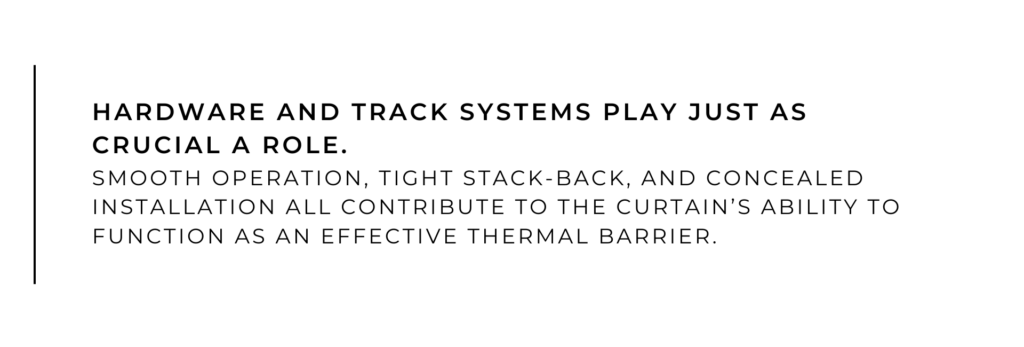
Sustainable Fabric Choices for Eco Homes
Sustainable curtains are as much about what they’re made from as how they’re made. Australian homeowners are increasingly seeking out low-impact and locally sourced options, and designers are responding by specifying:
- Natural fibres such as linen, cotton, or wool
- Recycled polyester or blended fabrics made from post-consumer waste
- Fabrics free from PVC and low in VOCs
- OEKO-TEX® certified or GreenTag™ certified textiles
- Locally made curtain products to reduce transport emissions
Choosing Australian-made curtains not only supports the local economy—it also aligns with sustainable design principles by shortening the supply chain and minimising environmental impact.
Application Tips by Room
Different rooms have unique needs depending on their orientation, size, and purpose. Here are some designer and installer recommendations when working on sustainable homes:
Living Rooms and Open-Plan Areas
- Use ceiling-to-floor, wall-to-wall custom curtains to insulate expansive glazed areas and control light.
- Opt for lined curtains on recessed tracks to reduce heat transfer and eliminate light gaps.
- Consider motorisation for ease of use in large spaces with high or wide windows.
Bedrooms
- Prioritise blockout-lined curtains to enhance sleep quality and thermal comfort.
- Ceiling-mounted or pelmet-covered tracks prevent light bleed and retain warmth.
- Choose breathable natural fabrics or low-VOC options for a healthier sleep environment.
Nurseries and Children’s Rooms
- Use blockout curtains to support better sleep patterns and maintain consistent room temperature.
- Select soft, tactile fabrics and low-allergen linings.
- Ensure all track systems meet child safety standards—especially for corded or motorised options.
Home Offices and Studies
- Reduce glare and heat with tightly fitted curtains on west-facing windows.
- Pair sheer curtains with lined curtains to manage light and thermal load throughout the day.
- Acoustic-heavy fabrics can help dampen sound in busy households or dual-purpose rooms.
Dining Rooms
- Use elegant, full-length curtains to insulate while adding visual warmth and formality.
- Recessed or ceiling-mounted tracks maintain clean sightlines in rooms with feature lighting or wall panelling.
- Layering sheer and blockout curtains can add sophistication and control.
Media Rooms and Theatres
- Opt for triple-weave or heavy blockout curtains to reduce external light and absorb sound.
- Install on curved or custom bent tracks to cover wall-to-wall projections or cinema screen areas.
- Combine with pelmets for enhanced thermal and acoustic insulation.
Kitchens
- For windows away from cooktops or splash zones, linen sheers or lightweight lined curtains can soften the space while supporting light control.
- Custom tracks mounted flush to the ceiling give a clean, unobtrusive look in minimalist kitchen designs.
- Select washable or easy-care fabrics for practicality.
Bathrooms (Where Appropriate)
- In bathrooms with privacy glazing or high windows, lightweight sheers can soften hard surfaces and maintain airflow.
- In larger master ensuites, full-height lined curtains can frame outdoor views while reducing heat loss during winter.
Hallways and Stairwells
- Use curtains to cover large stairwell windows that can create thermal bridging.
- Automated or motorised curtains are particularly useful for hard-to-reach windows in double-height spaces.
- Consider acoustic properties to help reduce sound transfer between levels.
Multi-Use Guest Rooms
- Choose versatile curtain setups—blockout-lined for sleeping, with optional sheers for daytime use.
- Use easy-glide track systems to allow guests to manage light and temperature easily.
Passive Home Projects
- Collaborate early with the design team to ensure curtain recesses are included in ceiling design.
- Choose curtains and tracks that work in tandem with the home’s airtightness and insulation strategy.
- Consider motorised curtains where solar heat gain needs to be carefully managed throughout the day.
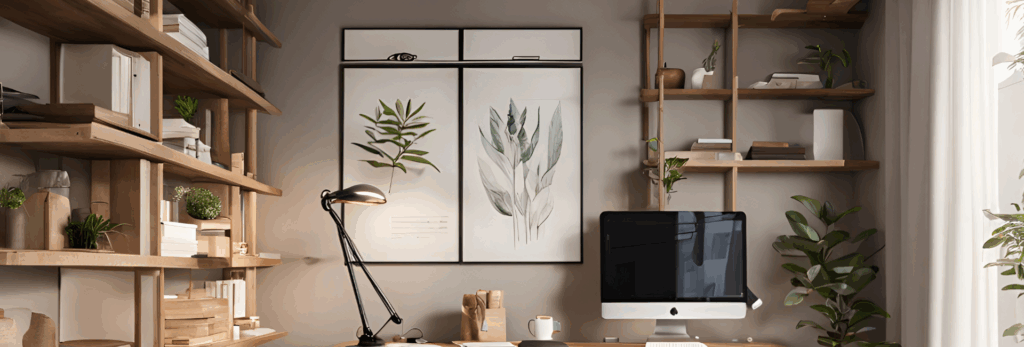
Australian-Made Quality and Custom Track Expertise from MAC Window Fashions
For interior designers and curtain installation professionals seeking premium window treatment solutions that meet sustainability standards, MAC Window Fashions offers the ideal combination of craftsmanship, performance, and reliability.
We supply Australian-made curtains that are tailored for eco home and high-performance residential design. Our fabric range includes carefully selected options from Warwick, Mokum, James Dunlop, Zepel, Hoad, and Basford Brands—many of which include natural fibres, recycled textiles, or certified low-impact options. Whether your client is building to passive house principles or simply wants to reduce energy bills, we can help you specify the right solution.
Our custom curtain track systems are designed for smooth operation, motorisation compatibility, and seamless integration into modern interiors—whether you’re working with recessed ceilings, wall-mounted pelmets, or floor-to-ceiling drapes. We’ll work with you to ensure accurate sizing, flawless finish, and easy installation.
To support your design and quoting process, we provide free fabric samples so you and your clients can confidently select the right look, feel, and function for each space.
From fabric to finish, MAC Window Fashions is proud to supply trade professionals with beautifully made Australian custom curtains and tailored track systems that support performance, design, and sustainability.
Work with MAC Window Fashions to bring custom curtain solutions to your next eco home project.From high-performance fabrics to expertly engineered track systems, we support designers and installers with local manufacturing, professional service, and nationwide shipping. Contact us for free curtain fabric samples, specifications, and more information on our products, or become a retail partner today.


